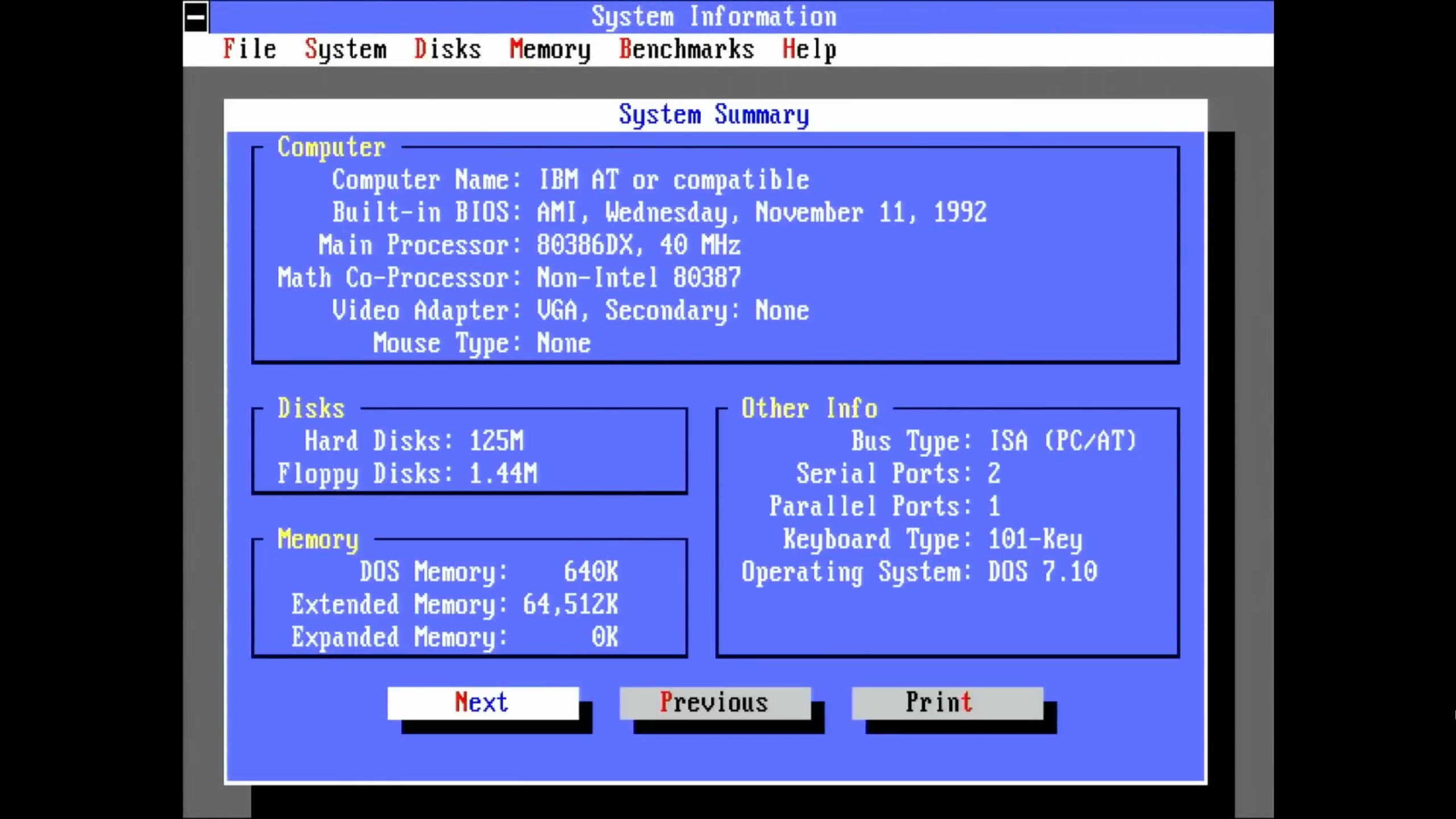
If you’re into vintage computing, particularly from the days when memory came in 30-pin SIMMs, you probably know how challenging it can be to find functional memory for your projects. You might also think you’re limited to what was considered the most memory the PC could handle, likely 8MB or less. One YouTube creator has a surprise for you: a DIY guide and easily purchasable parts to build your own 30-pin SIMMs with 16MB of memory each.
Of course, we’ve seen builders extend vintage hardware before, like quadrupling the memory in a Macintosh Classic without extra daughterboards. This also isn’t the first time the world has seen Bits und Bolts put something like this together. In a previous video, he demonstrated making 4MB 30-pin SIMMs. After that, he wanted to create something the world would never have seen much of when the 80386 CPU was prevalent: memory cards with 16MB of RAM each. The standard during the 386DX era was 4MB. After all, the RAM sticks usually topped out at 1MB.
Bits und Bolts wanted to see just how far he could push the limits of his 386. While it is possible to purchase the 16MB SIMM modules, they’re either on the pricy side or used and not reliably tested. The lack of testing is probably explained by Bits und Bolts own findings: memtest took a staggering 10 hours to complete a single pass of testing on his 64MB of RAM.
Then there’s the issue of ensuring you have FPM memory, not EDO. Bits und Bolts solved this dilemma by hacking the memory modules to allow them to be switched between EDO and FPM mode.

He began by digging through the technical specifications and manuals of his 386 motherboard to find out if the board could even boot with that much memory. He learned that it could, but only if he populated four of the board’s eight memory sockets. That was fair enough since that still gave him a theoretical 64MB of memory, which was considered more than ample even two CPU generations later when the Pentium processor debuted.

At the end of the project, the maker successfully booted his 386 with 64MB of RAM. In another video, he shows opening Windows 3.1 and expanding the RAM drive he created for it. Bits und Bolts includes links to the custom PCB boards needed for the memory, along with the tools and supplies he uses to build the chips. His next step will be to see just how much additional memory he can cram into his 486 systems.







